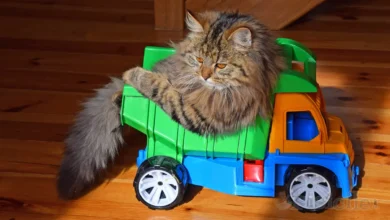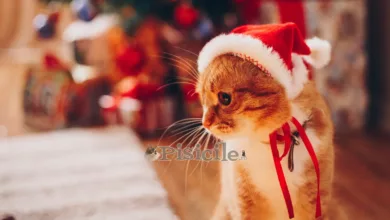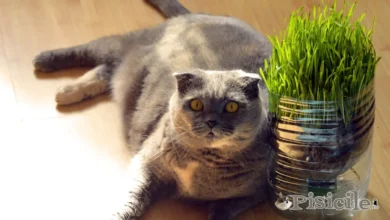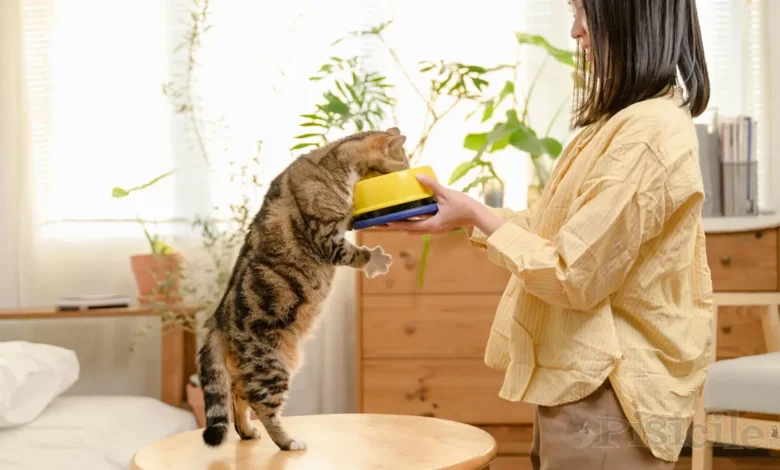
When your cat is vocal as he invites you to the food bowls or follows you when you go to open the fridge, it definitely means he wants something to eat. This article will help you understand the caloric needs of a domestic cat and how much the cat should eat in a day to avoid becoming obese.
Cats are prey animals, carnivores, which if they were in the wild would eat once a day. Domestic cats, especially those raised in the house, eat several times a day, more than they need, which can lead to obesity and related conditions such as diabetes. But how much food does the cat need to eat in a day to feel full without gaining weight?
Subject
How much should the cat eat in a day?
As with humans, the daily amount of food a cat needs varies depending on several factors. On average, an adult cat needs about 300 grams of wet food per day, but this is only a rough estimate. The amount of food and caloric requirements are influenced by the size, age and weight of the cat.
More active cats, such as those that spend time outdoors, need more food than indoor cats. In addition, the quality of food plays a very important role. High-quality food rich in meat provides more satiety, and cats need less. So an active cat will need more calories than a more sedentary cat that doesn't do much exercise.
The approximate amount of food according to the weight of the cat.
| Cat weight (kg) | Daily portion of wet food (g) |
| Until 2 | 120-160 |
| 2 -3 | 160-210 |
| 3 – 4 | 210-260 |
| 4 – 5 | 240-320 |
| 5 – 6 | 250-360 |
These values in the table above are indicative, as food requirements may vary depending on the activity and metabolism of each cat. The amount of food a cat eats depends on how active it is. For example, a very active cat burns about 80 kilocalories per kilogram of body weight per day, one with moderate activity burns 70 kilocalories, and a sedentary one only 60 kilocalories per kilogram.
How much should the cat eat in a day depending on the age?
When buying cat food, it is recommended that you check the packaging for what age it is recommended for. If for a growing cat, frequent and balanced meals are important for healthy development, an old cat will need special food rich in vitamins and minerals to prevent health problems.
How much food does a kitten need?
In the first months of life, kittens need adequate nutrition to support rapid growth and proper development. From weaning (around 8 weeks) until 4 months of age, it is recommended to feed the chick 5 times a day. Each serving should contain about 5 grams of wet or dry food. It is important to alternate between the two types of food, as kittens do not consume much water, and wet food will meet their hydration needs.
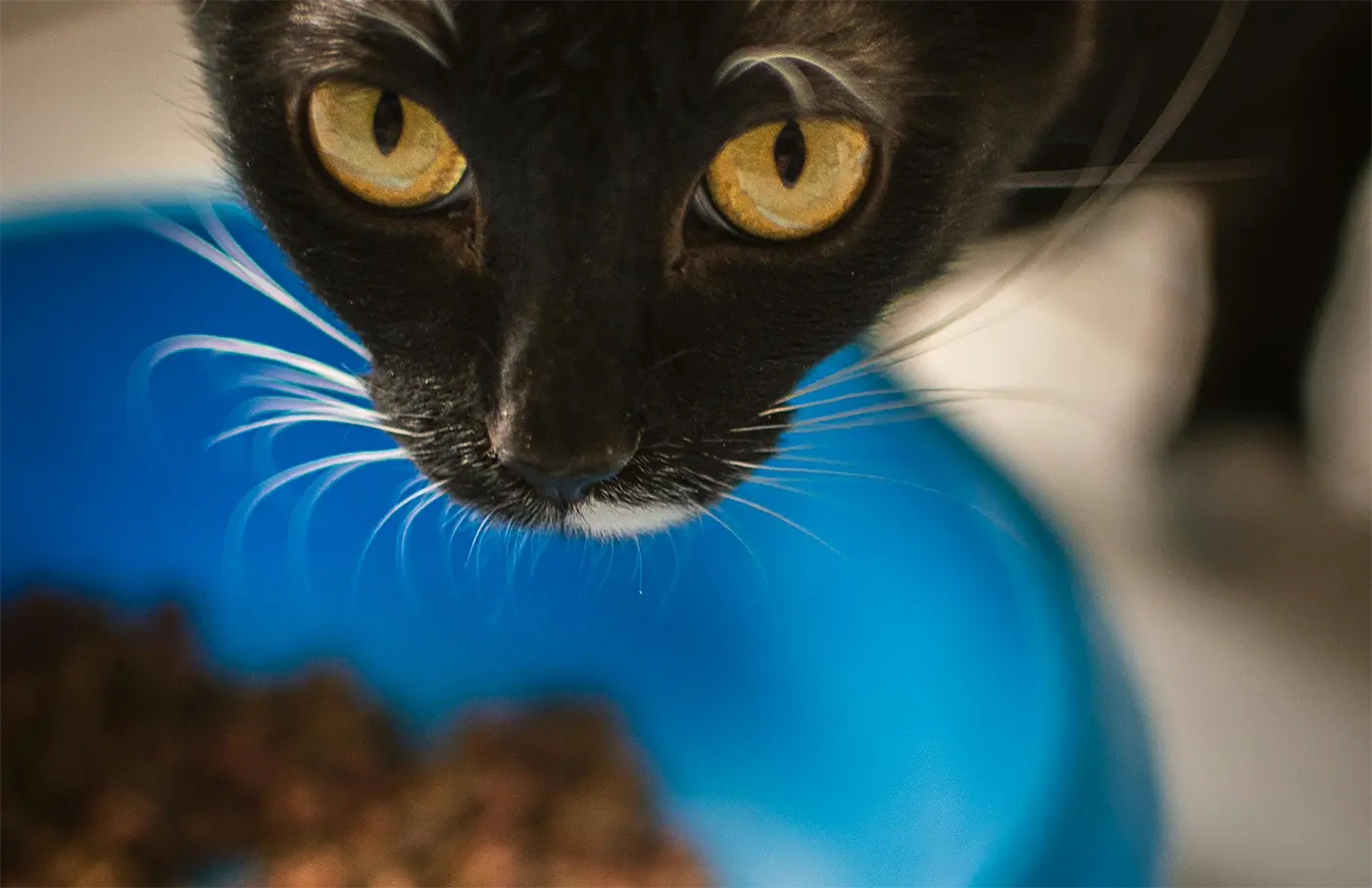
As the chick grows, between 4 and 6 months, portions should be around 10 grams per meal to support continued growth and maintain a healthy weight. During this period, their stomachs develop and they can better digest a larger amount of food.
Between 6 and 8 months, the number of meals can be reduced to 3 per day, and the portions increased to 20-30 grams per meal. After 8 months, until the age of 1 year, the cat can be fed 2 times a day, with portions adjusted according to weight and physical activity.
How much should an adult cat eat in a day?
At 12 months, your cat is considered an adult and daily food requirements will vary depending on the cat's body weight, activity level and breed. A general rule of thumb is to give him between 15 and 20 grams of dry food per kilogram of body weight per day. Alternatively, you can consult the food packaging for the manufacturer's specific recommendations, as these are adjusted according to the type of food (dry or wet).
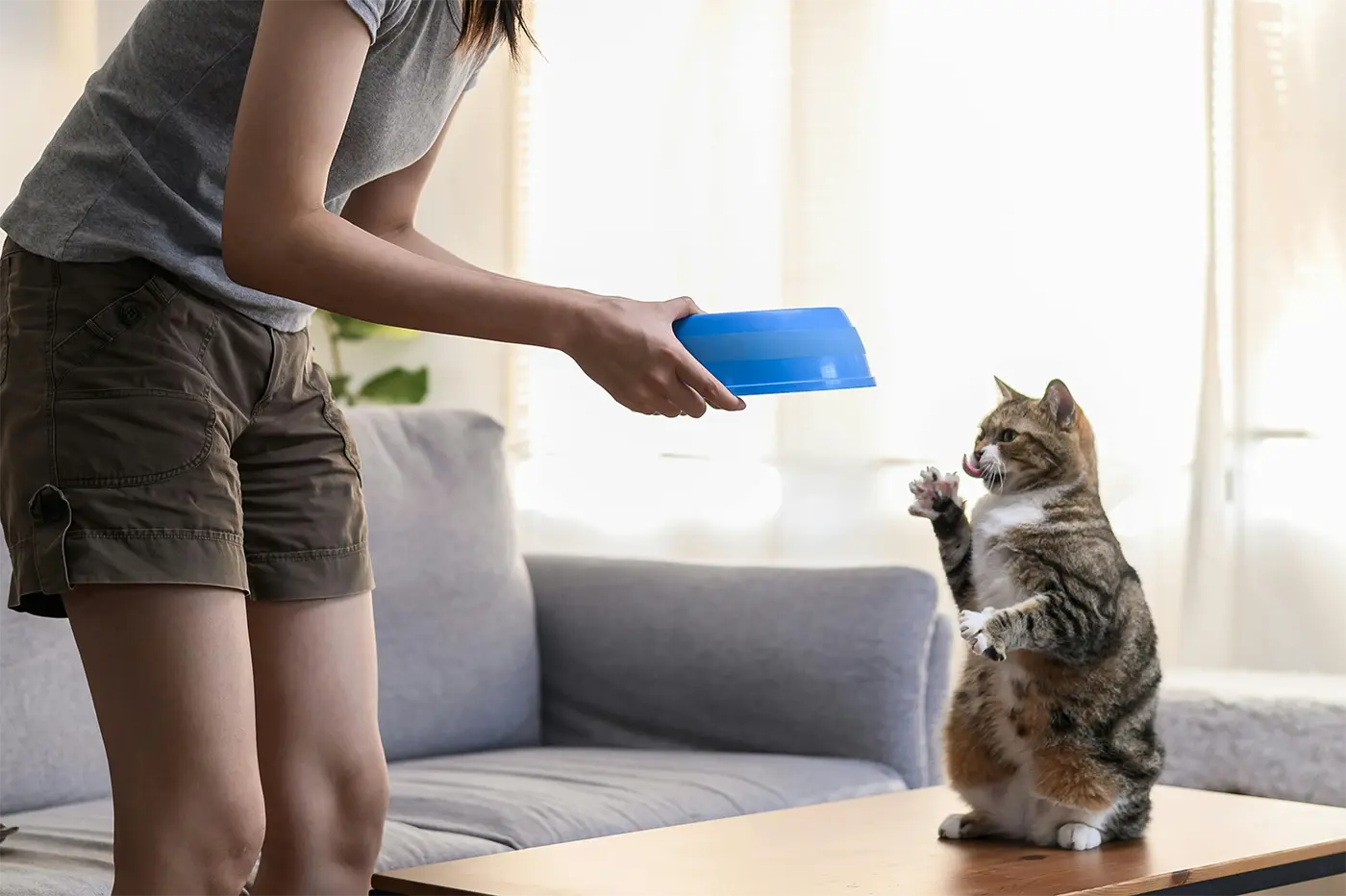
Also read: Obesity in cats. The main risks for the cat's health.
It's also important to consider your cat's health and lifestyle. As I said before, if she is very active, she may need more calories, and a more sedentary cat may need less. In the case of pregnant or lactating cats, a diet richer in protein and fat is indicated, necessary to support the health of both the mother and the kittens.
How much food is needed for an old cat?
After the age of 7-8 years, cats enter the "senior" category, and their nutritional needs change. As they age, their ability to digest protein and fat decreases and their metabolism becomes slower. Therefore, it is recommended that you continue to feed them twice a day, but with food specially designed for senior cats that is easily digestible and rich in essential nutrients such as antioxidants and vitamins to support the immune system.
Older cats may also experience a decrease in activity levels, making them more prone to weight gain if they are not receiving an adequate diet. A balanced diet that supports joint and skin health can significantly improve their quality of life.
Regardless of age, it's important to monitor your cat's weight, adjust portions, and consult with your veterinarian to ensure nutritional needs are being met correctly. A balanced diet, along with the right care, can extend your cat's life and keep it active and healthy through all stages of life
